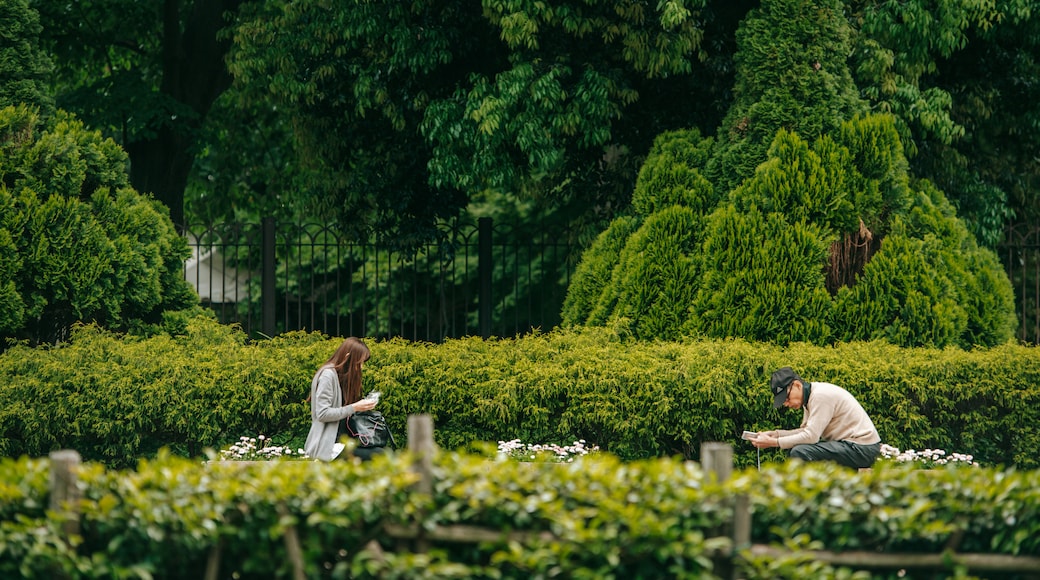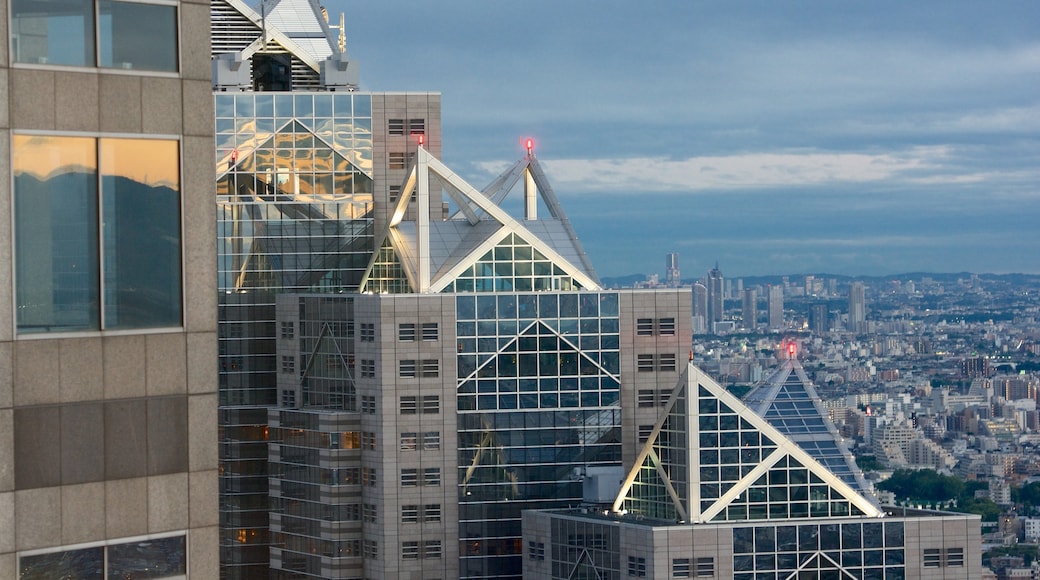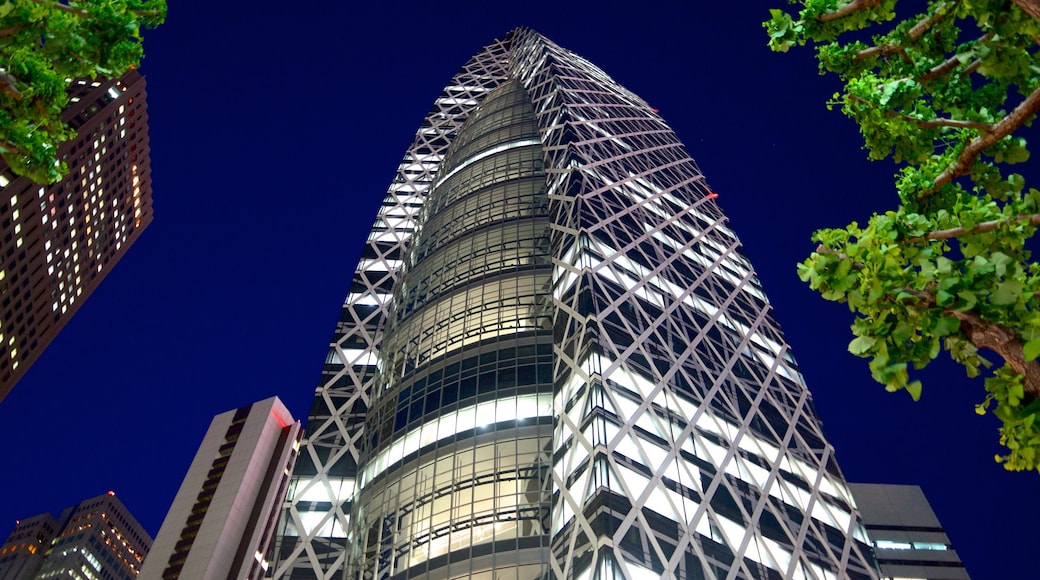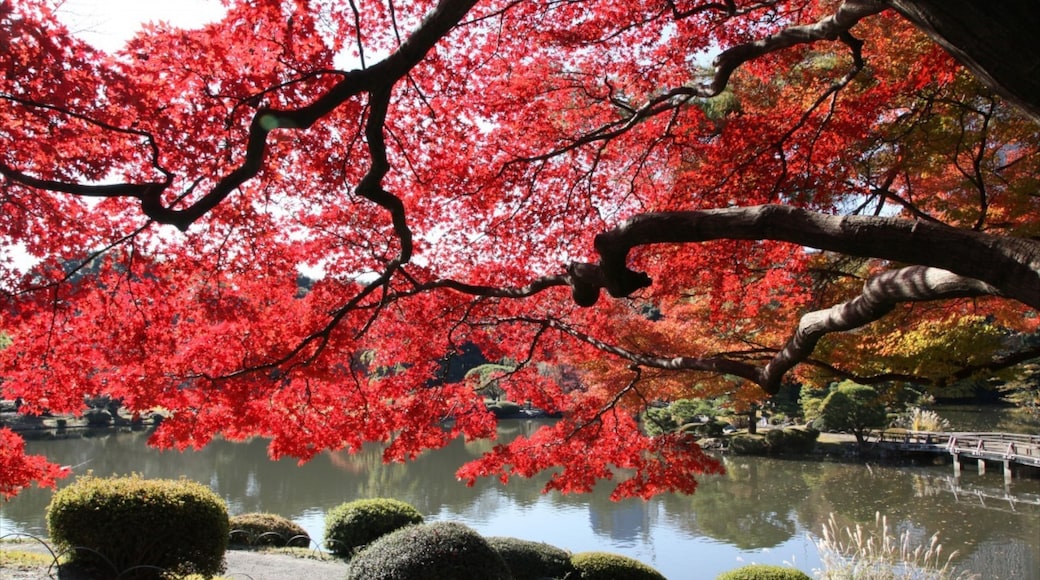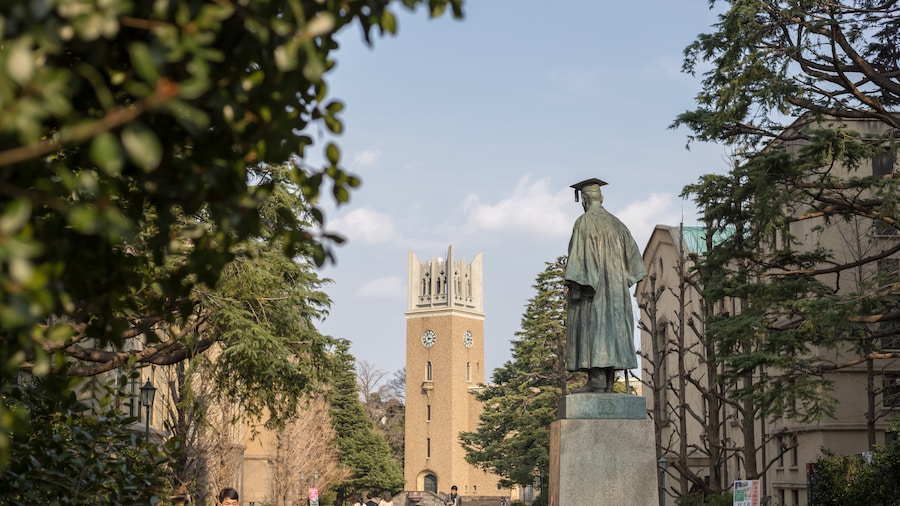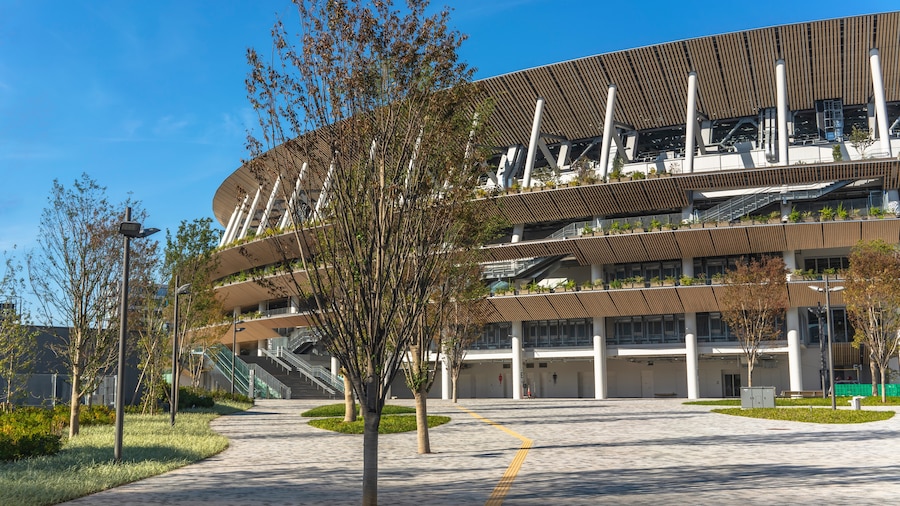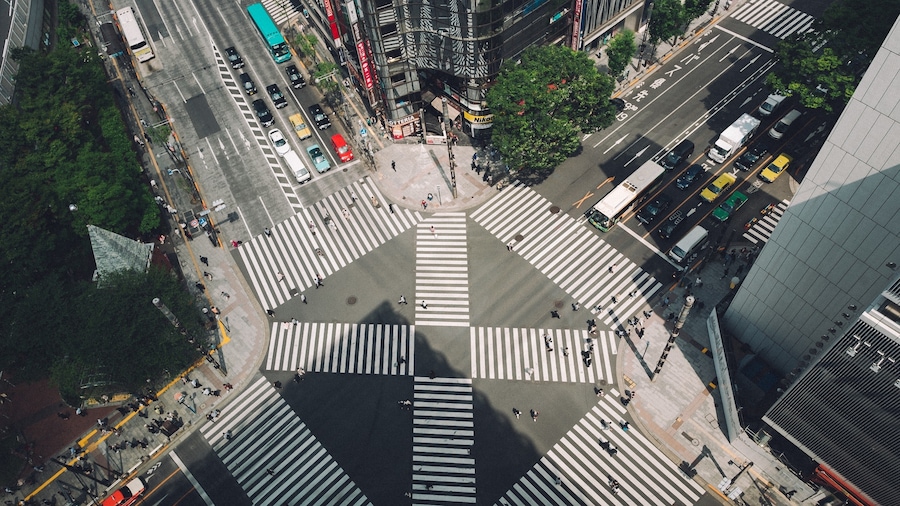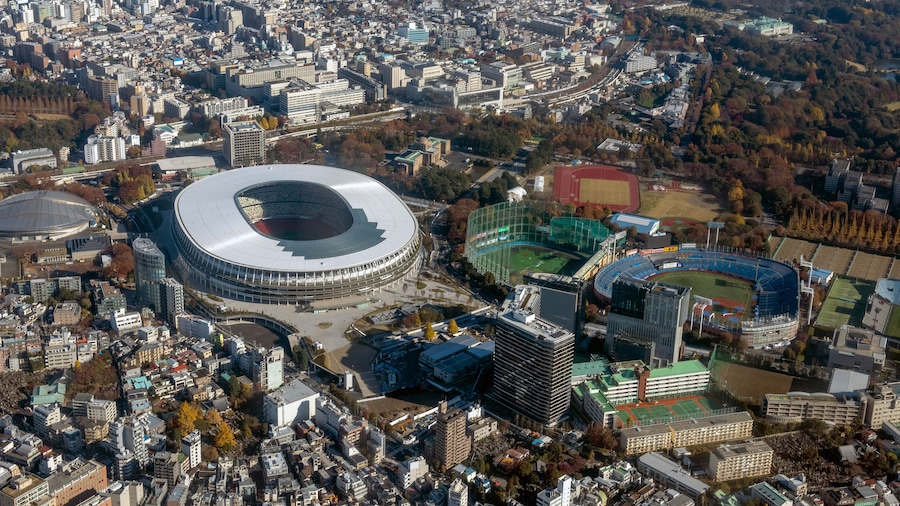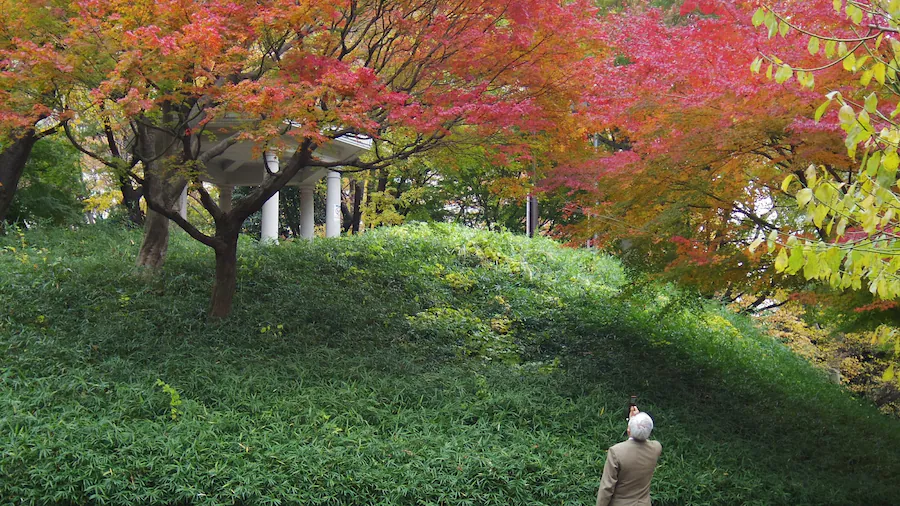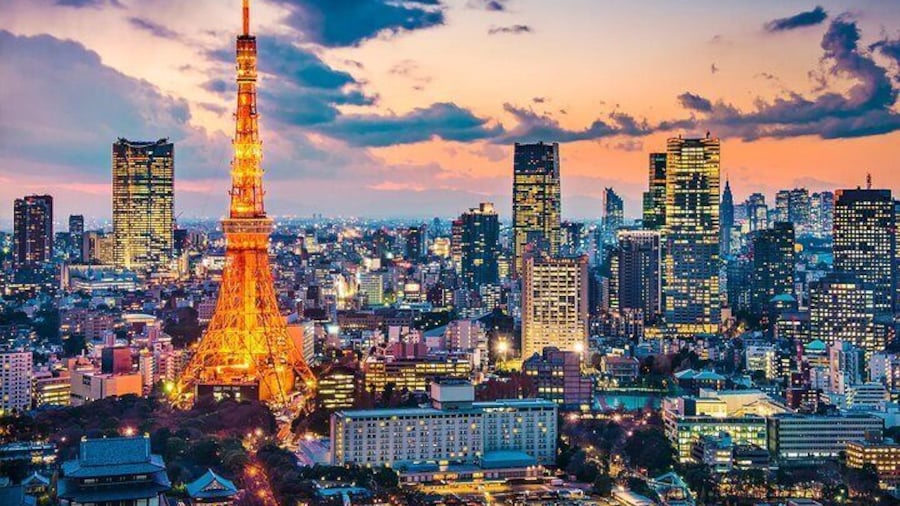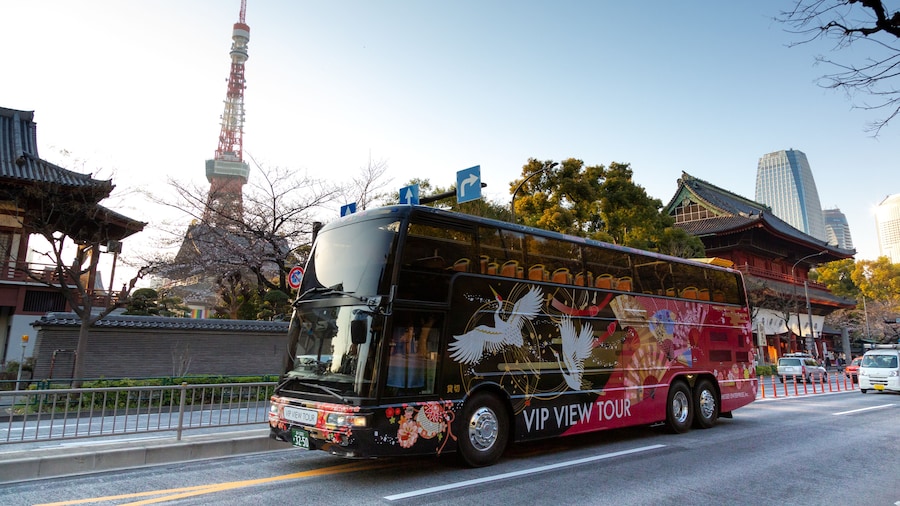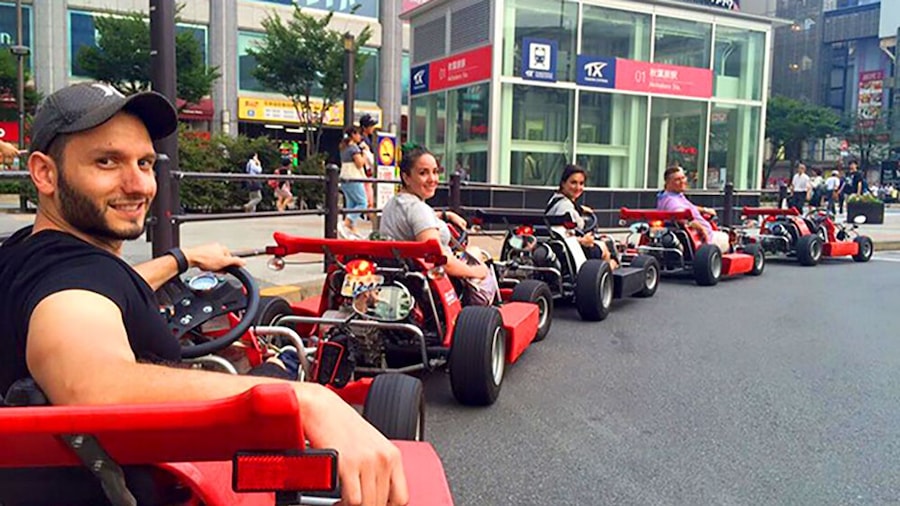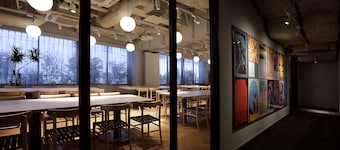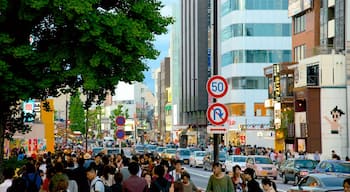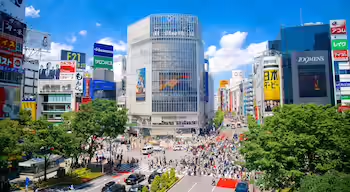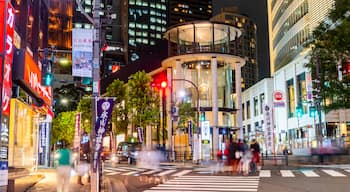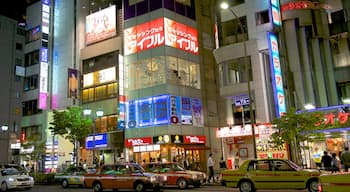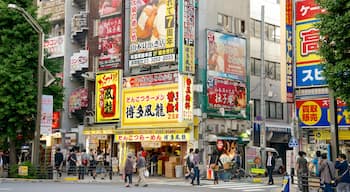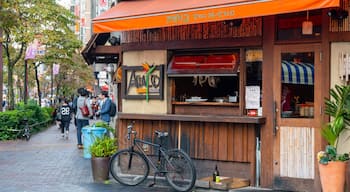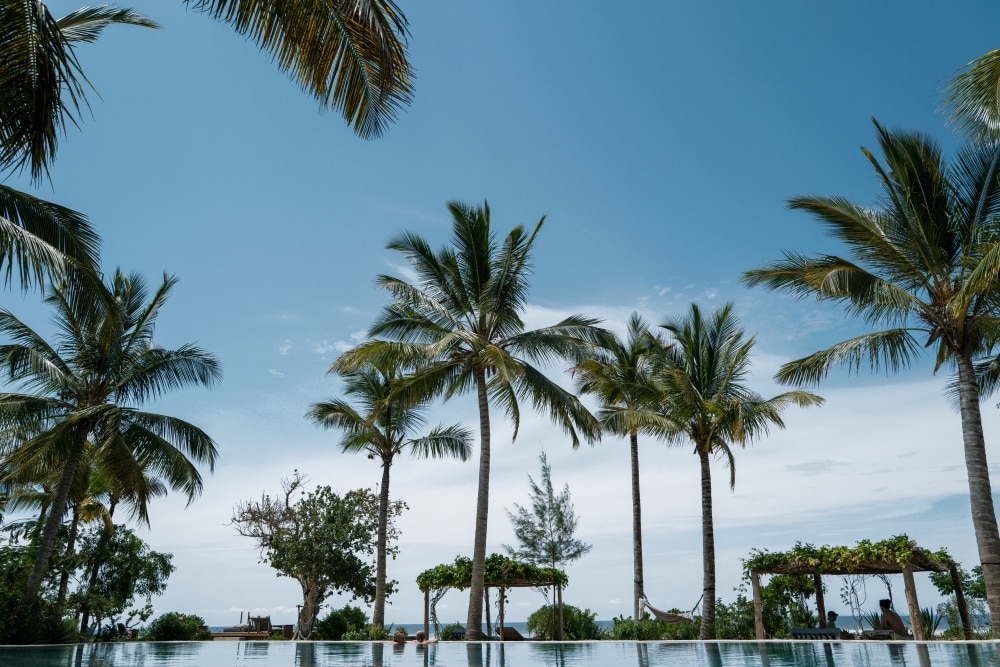This vibrant area in southwest Tokyo has the best of the city’s skyline, trendy restaurants, the busiest train station in the world and the most beautiful gardens.
Tokyo is a true mega city. Each of its areas or ‘wards’ has its own, distinctive character, and the most eclectic and international of these is Shinjuku. In a vibrant area of 18 square kilometres, historic geisha houses and winding alleyways stand next to a world-class university, fashionable residential areas and many small restaurants and bars. Shinjuku also has the greatest concentration of skyscrapers in Tokyo. The nature-inspired Mode Gakuen Cocoon Tower stands out in the busy skyline, its crisscross-patterned exterior hiding an inner building of glass like a chrysalis protecting a growing butterfly. Completed in 2008, it houses a fashion school, a technology college and a medical school. Tokyo’s architects have found inspiration in so many different places and built this into their skyline – from the tiny details of nature to a computer chip. Tokyo Metropolitan Government Building, a vast structure taking up three blocks, is modelled on just that. The two towers of its main building have popular observation decks which stay open late into the night. There’s little time to stop and stare at Shinjuku’s train station, though. With at least 2 million passengers coming through the station every day and more from the long-distance buses, Shinjuku boasts Tokyo’s busiest train station. In fact, it’s possibly the busiest transport hub in the world. However, life in Shinjuku isn’t all bustle, buildings and business – a trip to the Shinjuku Gyoen National Garden will show you just how much beauty there is here. In springtime, over a thousand cherry blossom trees bloom in this city oasis. It’s one of the best parks in the whole of Tokyo to experience the tranquillity and simplicity of the flowering trees with a hanami (cherry-blossom viewing) picnic. At other times of year, you can wander through thousands of trees and take in the exotic fragrances and colours in the greenhouses. Originally built for royalty in the early twentieth-century, the gardens combine traditional Japanese landscapes with English and French formal planting which blaze with colour throughout the seaons.

